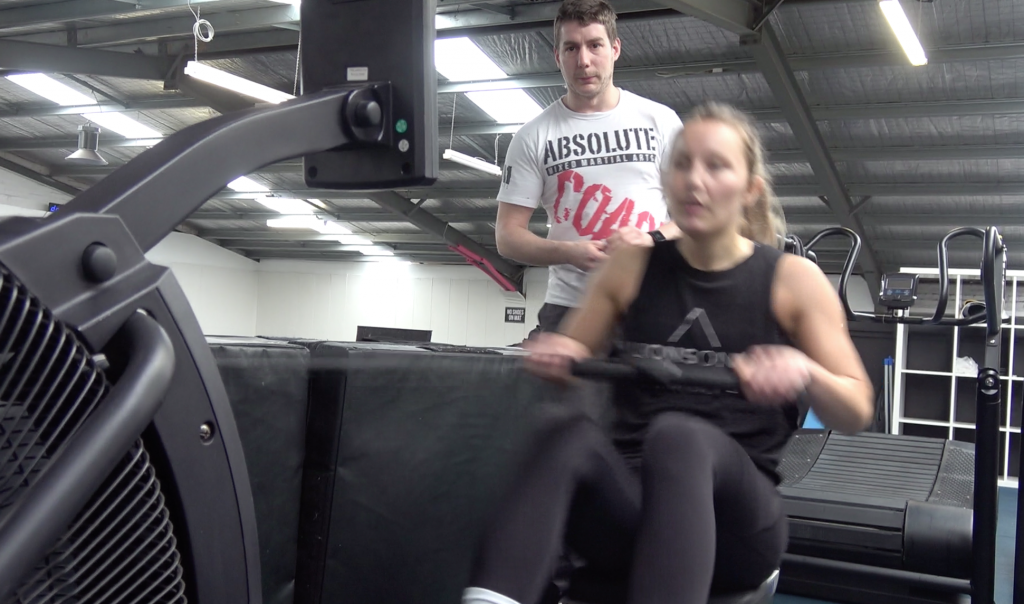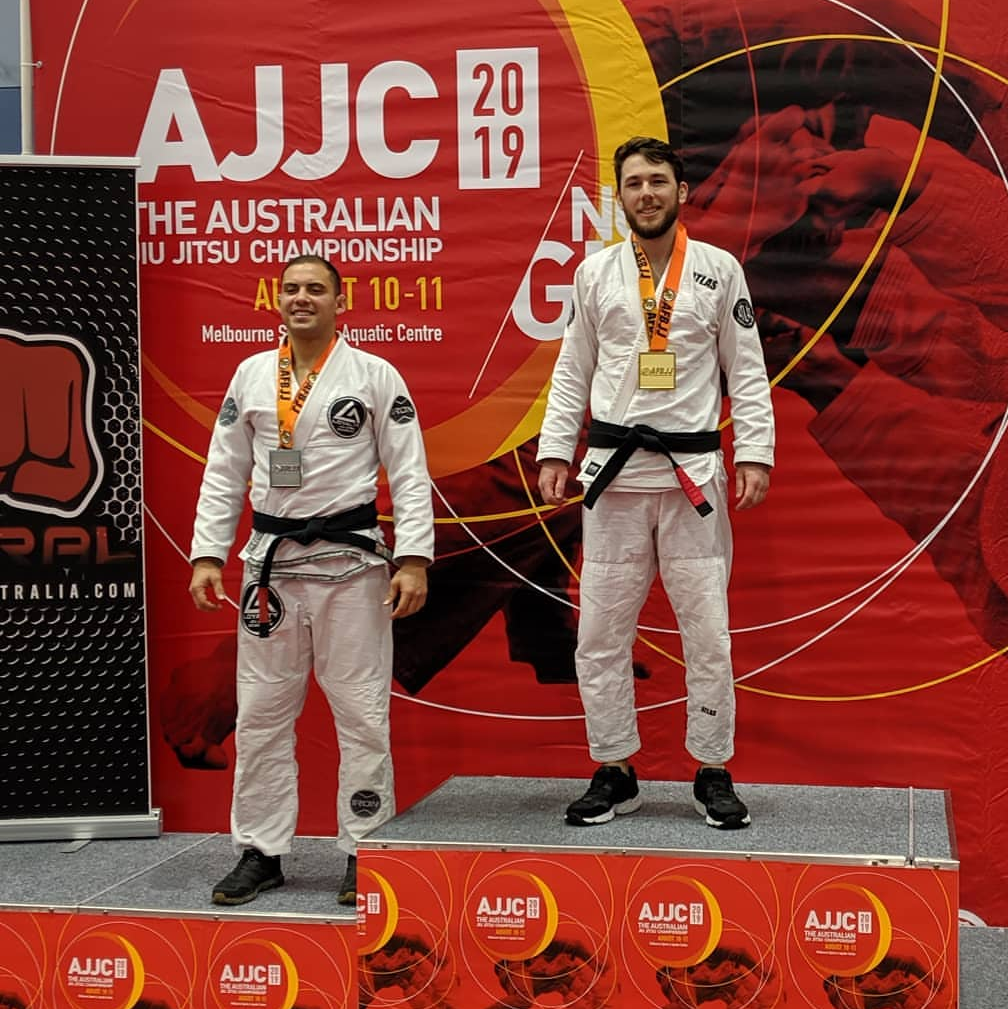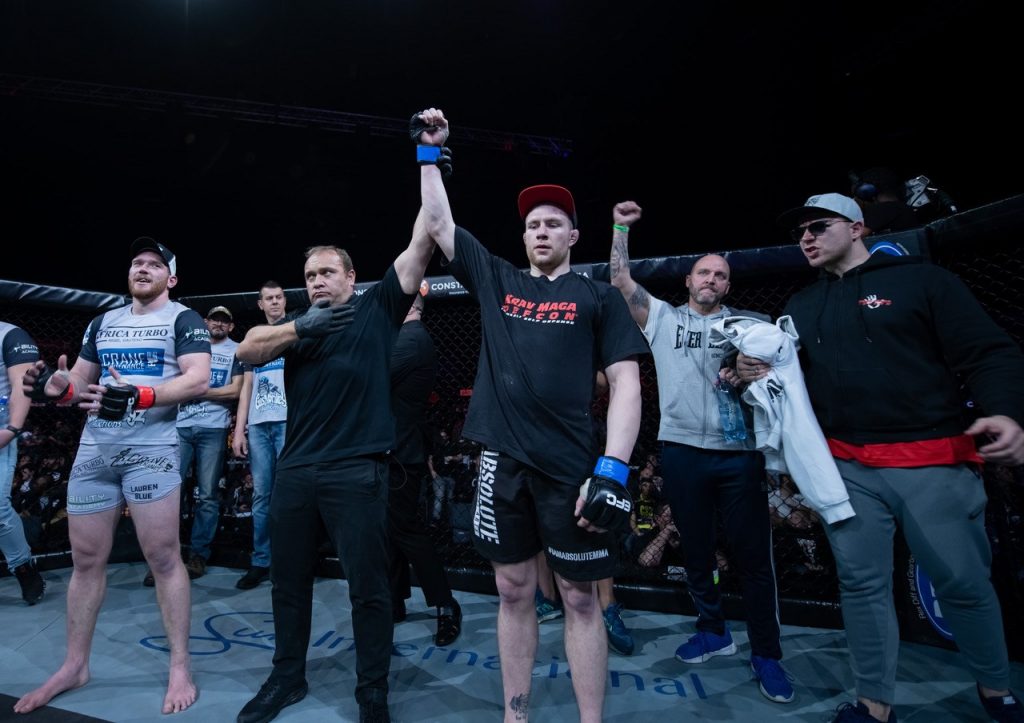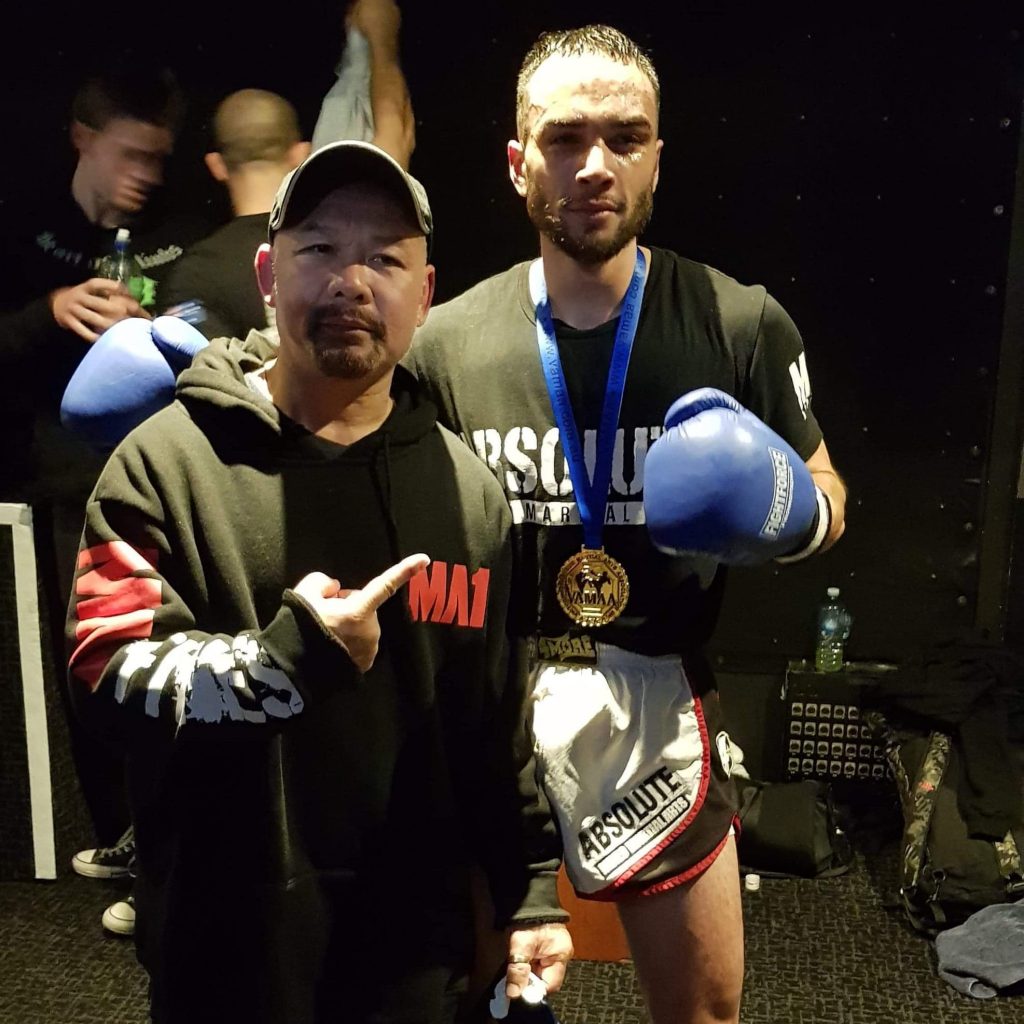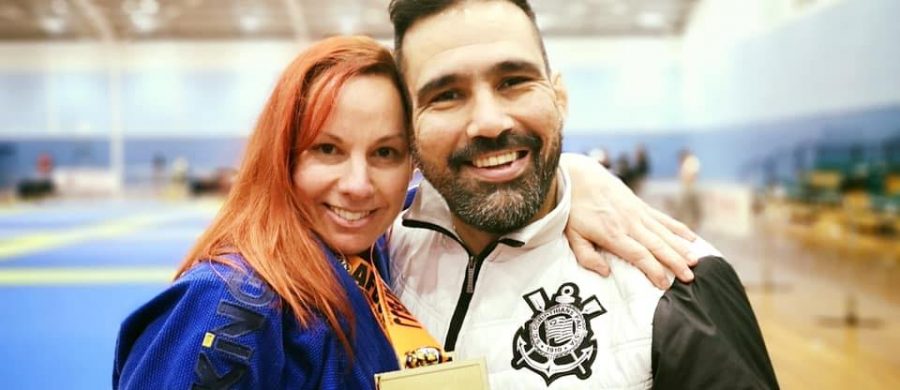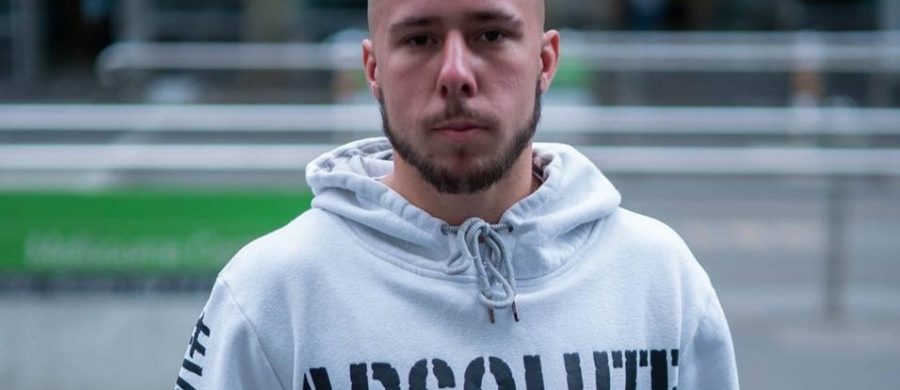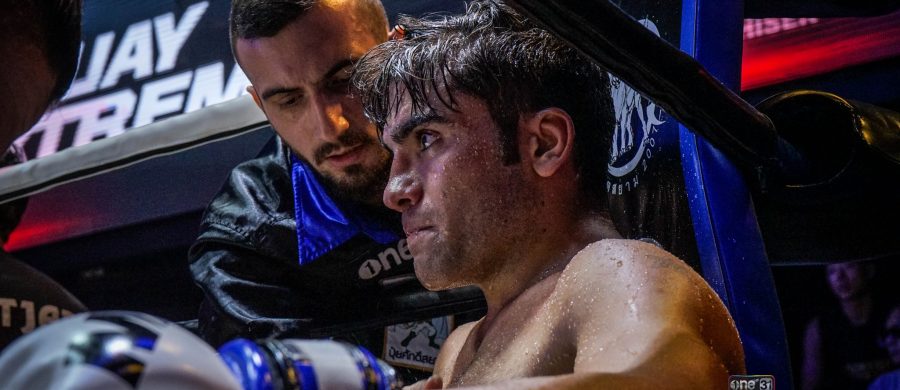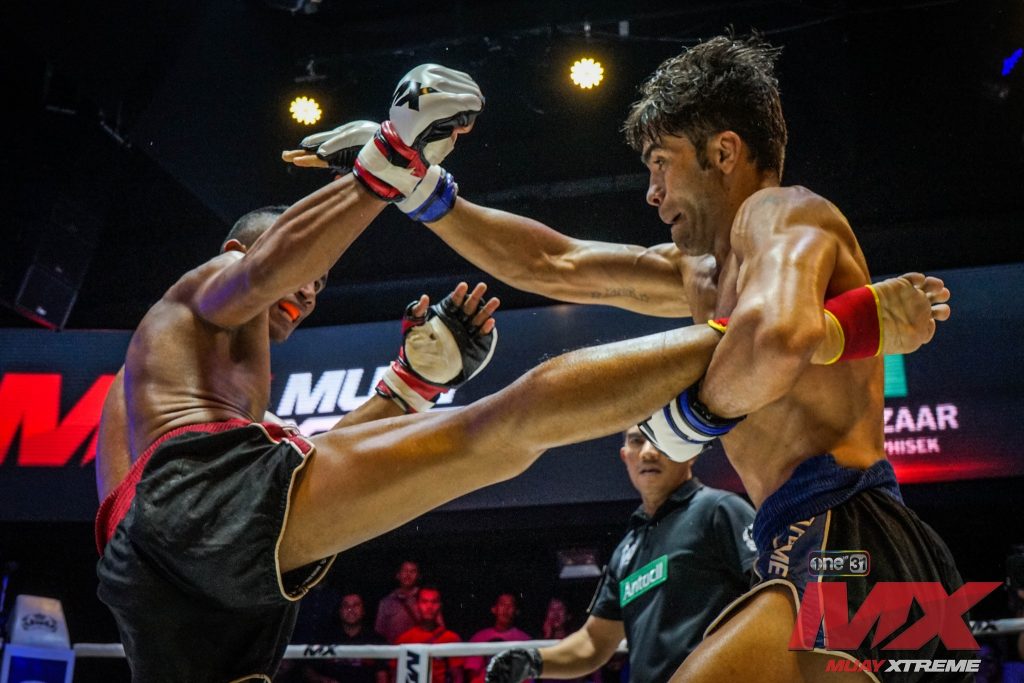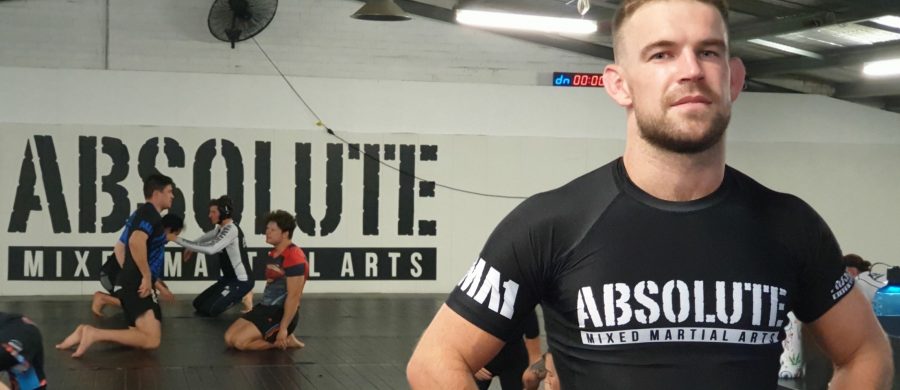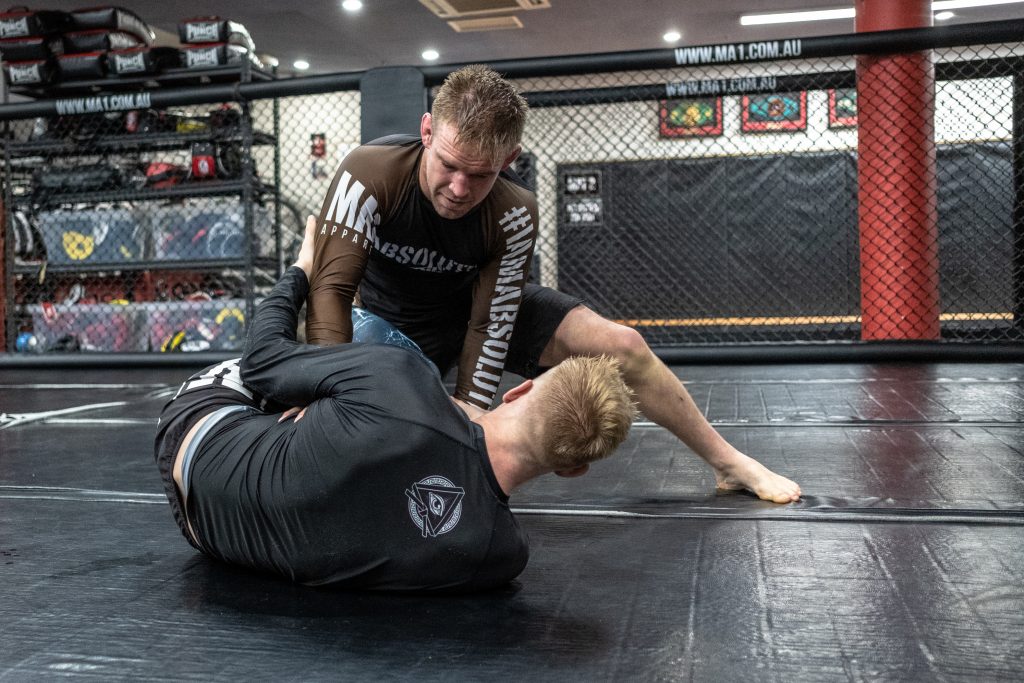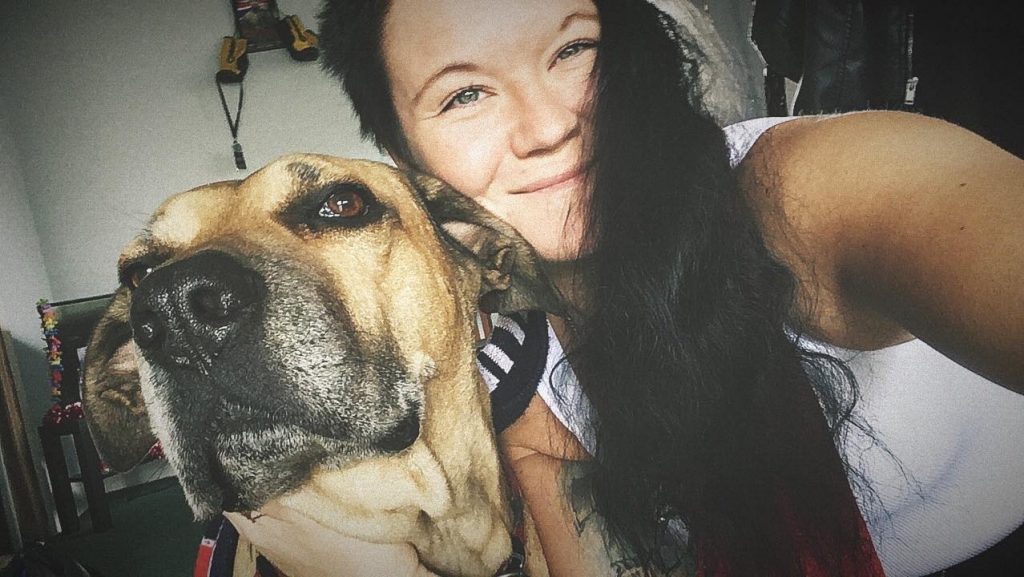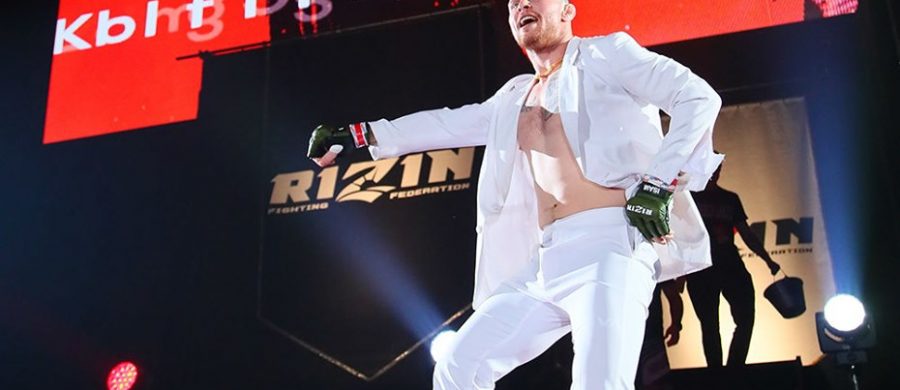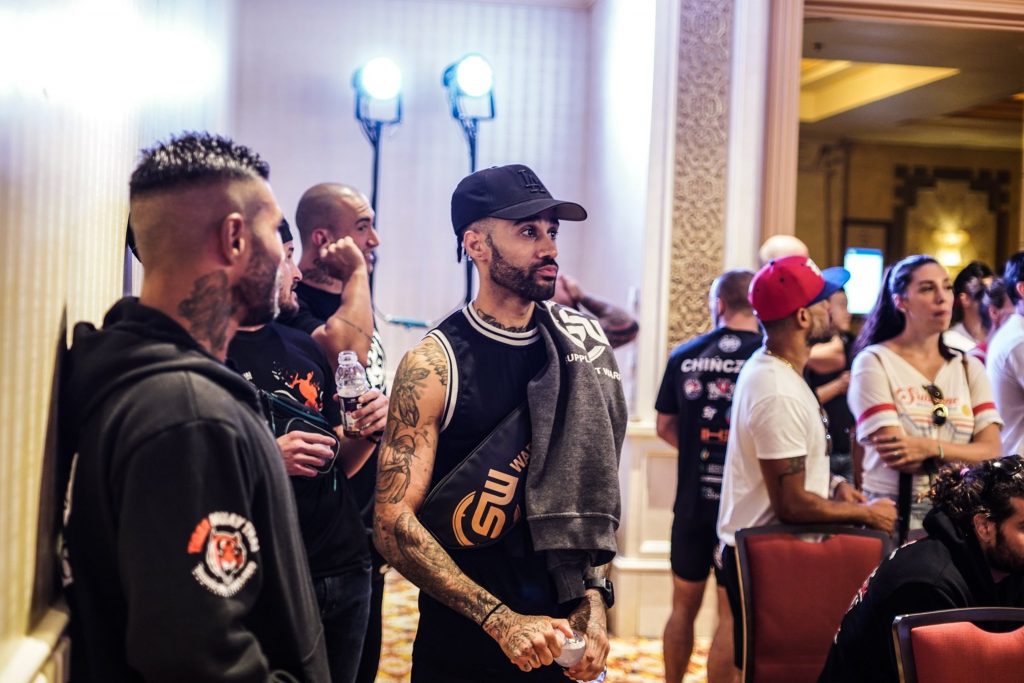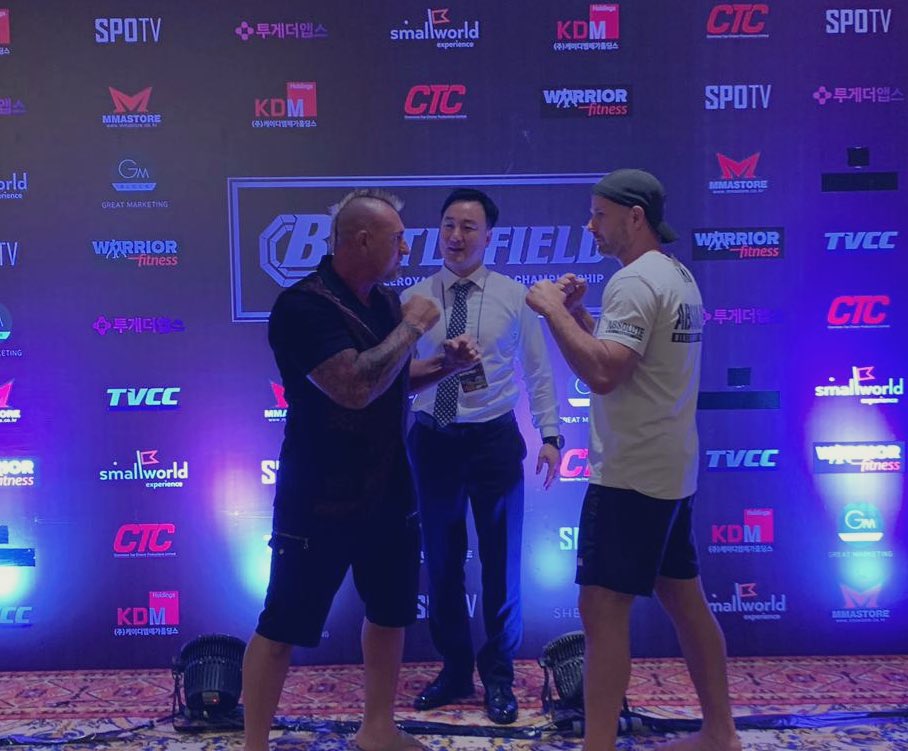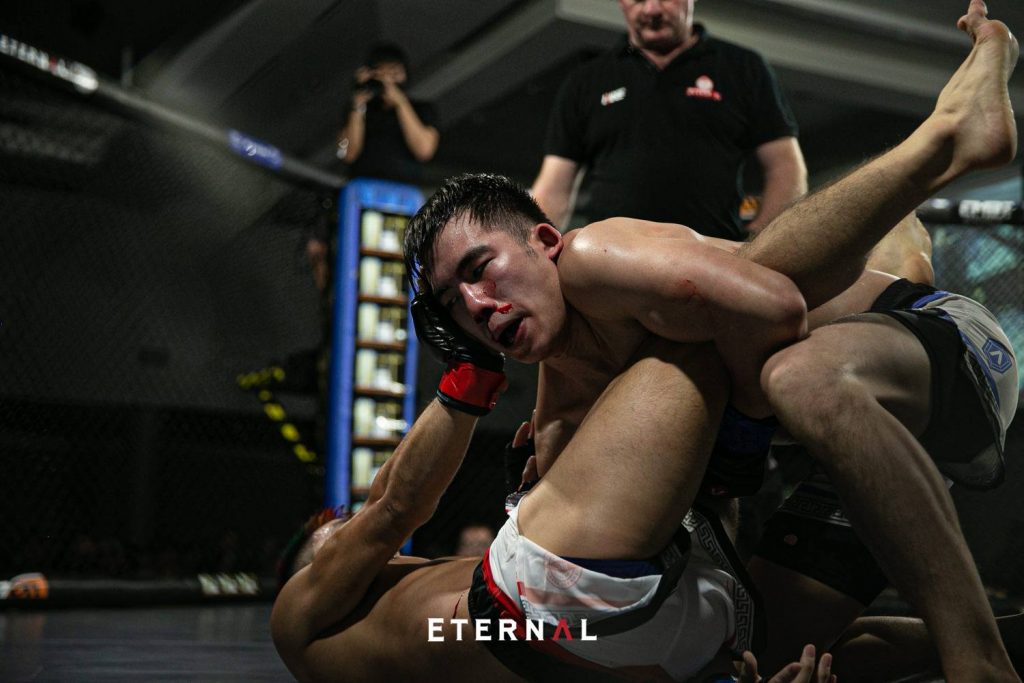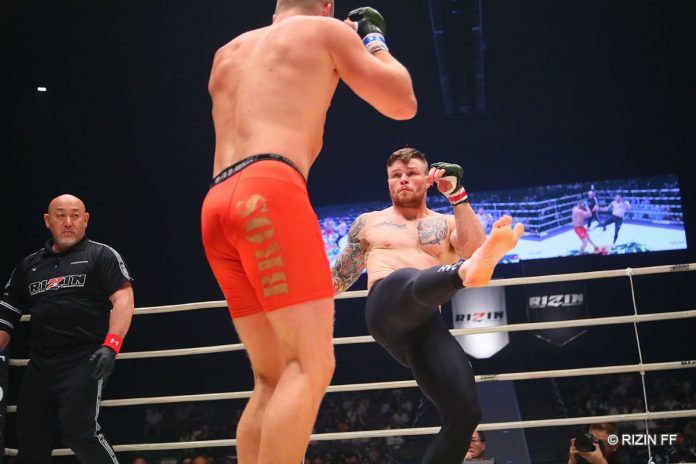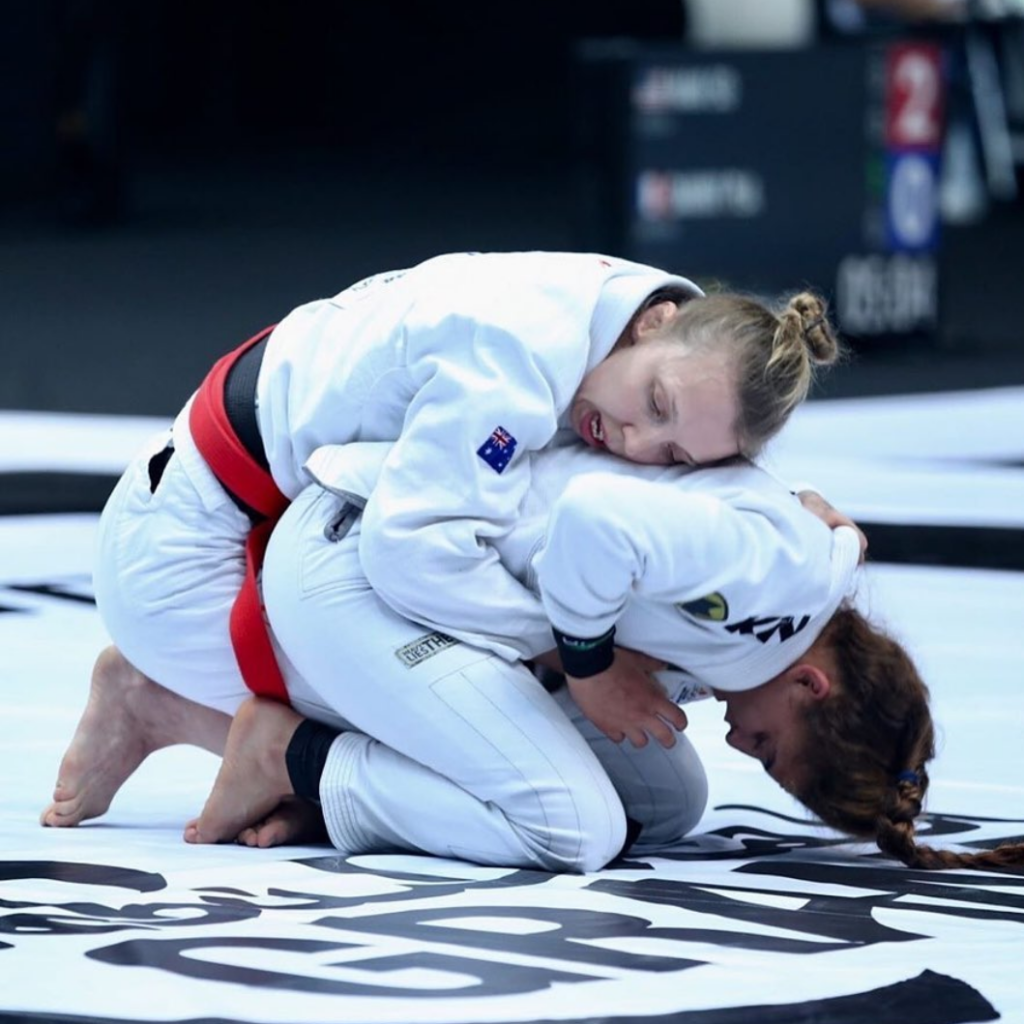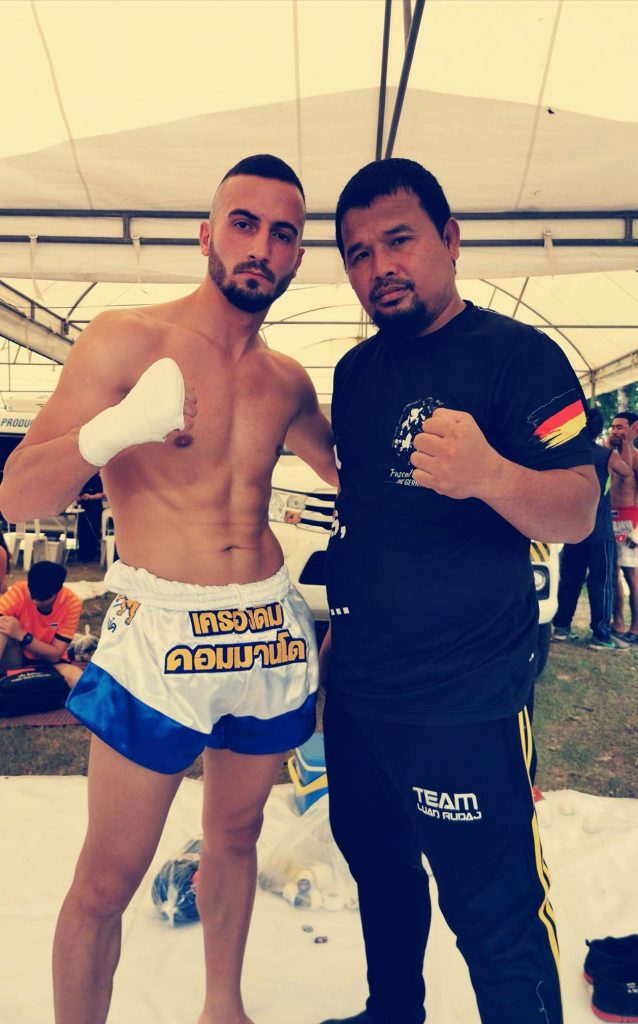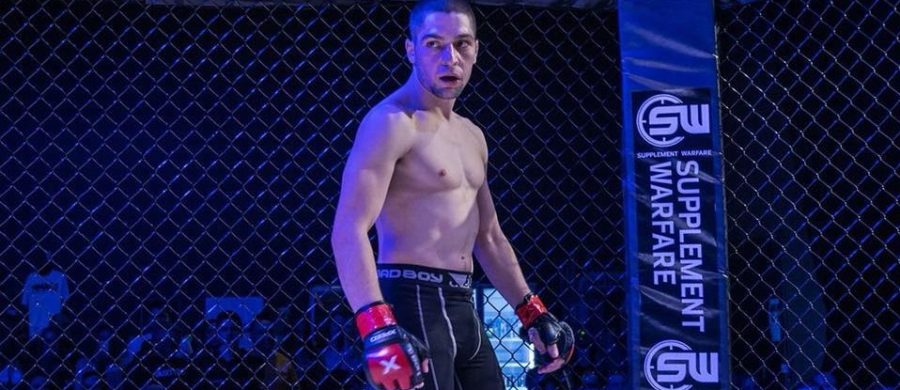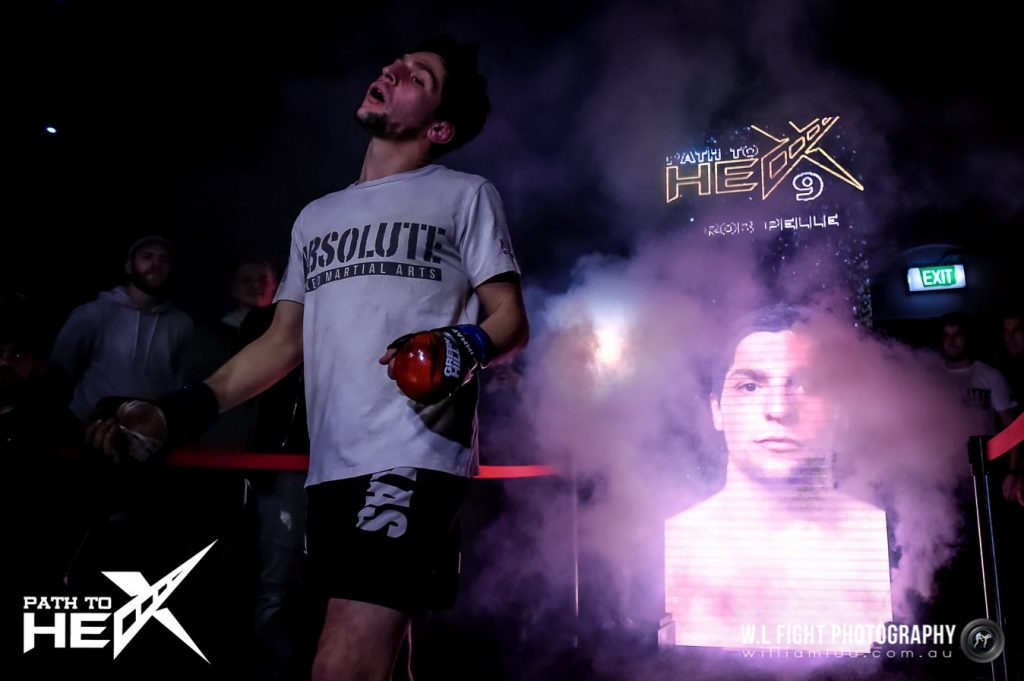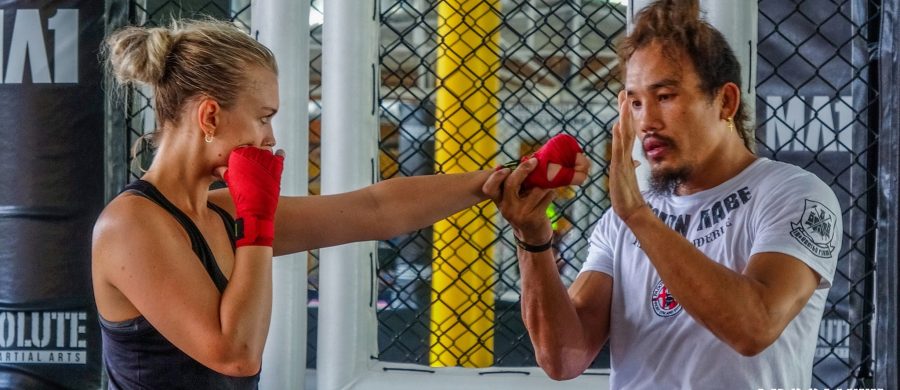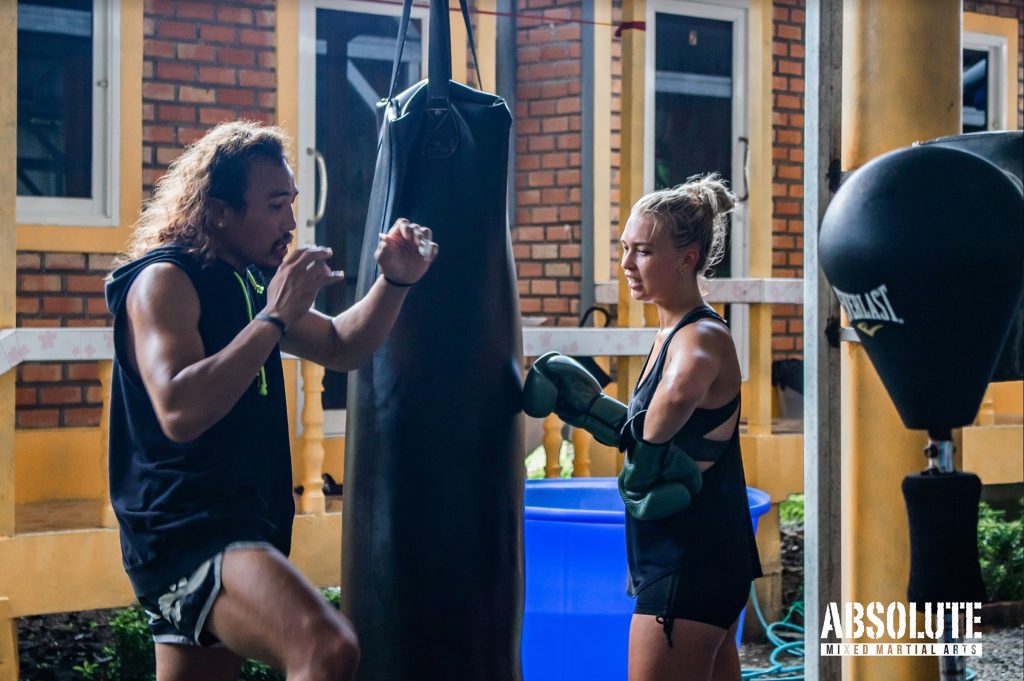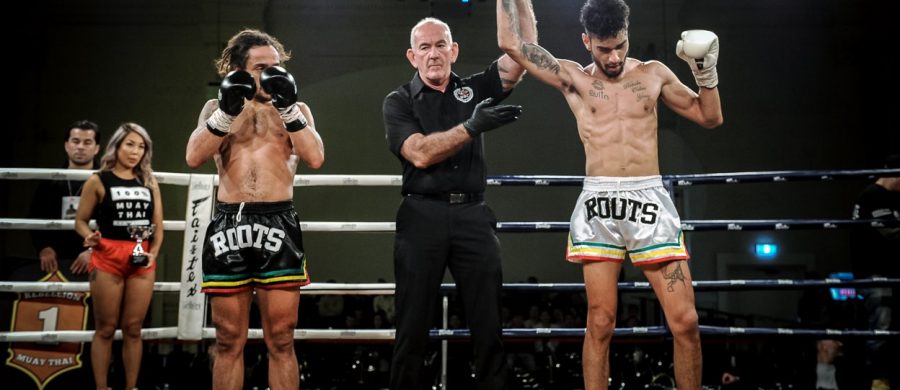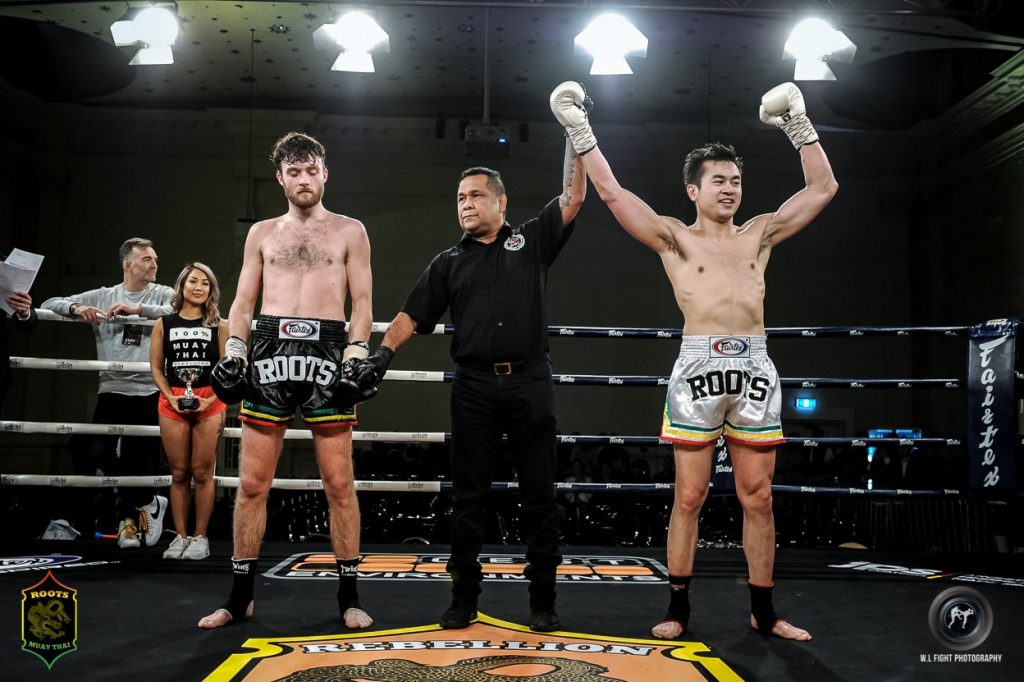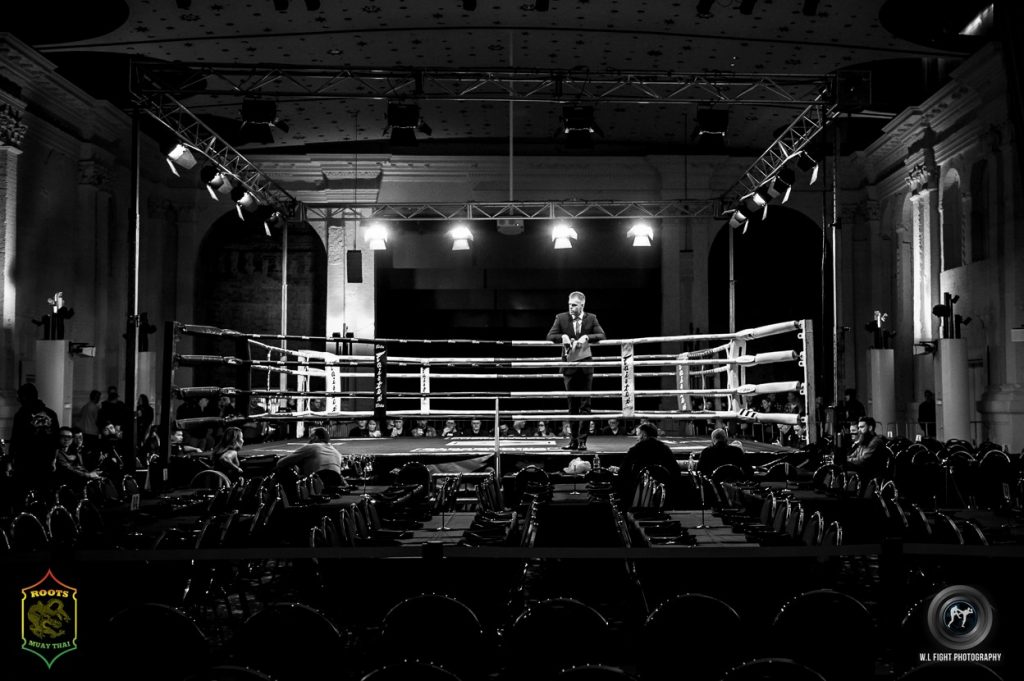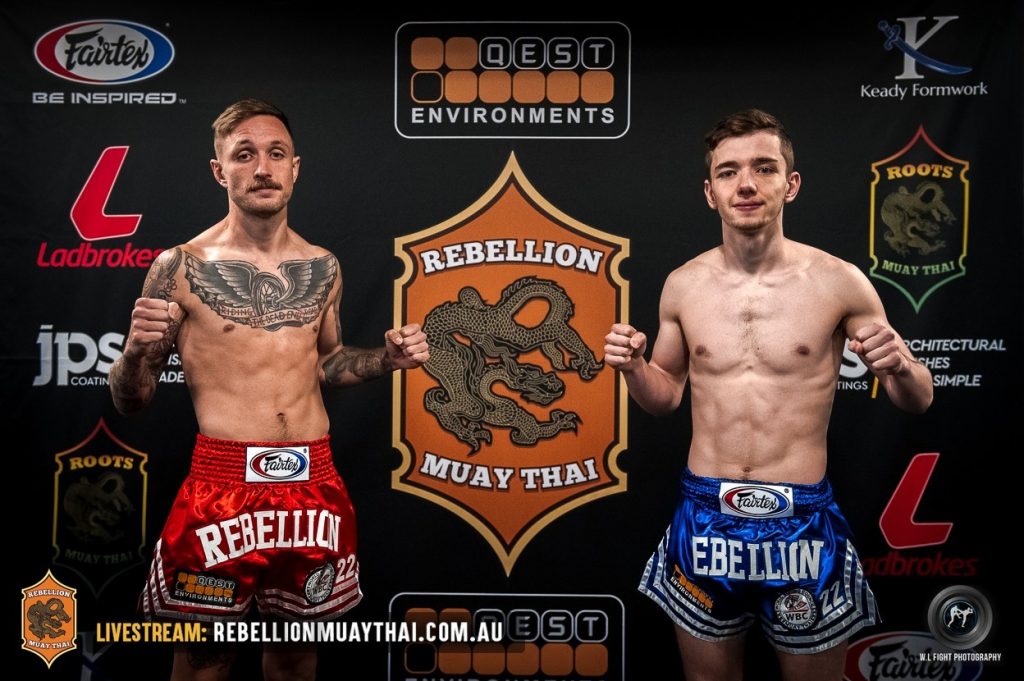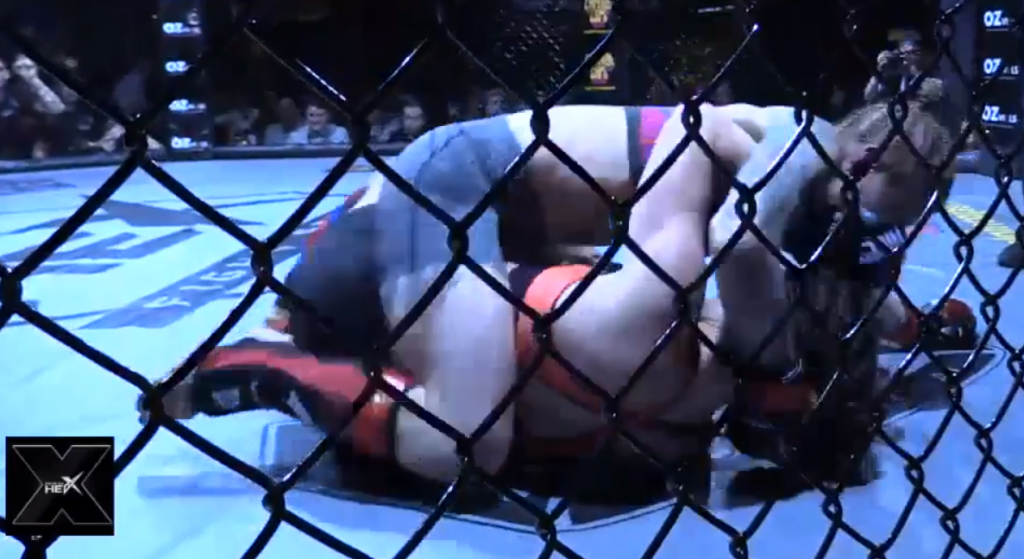Introducing a new regular feature on our website and social media – Ask Me Anything!
Each week we will have a new coach take questions from members via our Facebook Members Only group. New to the club? You can join our group here. First up for the team is Coach Daniel Howard, former Royal Marine Commando, experienced Muay Thai fighter and Head Strength and Conditioning Coach at Absolute MMA. He devises the routines for our Strength classes in the gym every month and is also in charge of the Fighter’s S&C program. He is a master pad holder, hand wrapper and is one of our primary corners for the Absolute Fight Team.
For the past few years, Dan has been studying at the cutting edge of MMA strength and conditioning training and he will soon be heading over to American Top Team in Florida to help with the training camp of interim UFC Lightweight Champion Dustin Poirier ahead of his September 7 bout with Khabib Nurmagomedov. He holds a Bachelor of Science (Sports Nutrition) is an Accredited Exercise Scientist, Functional Range Conditioning Movement Specialist and holds an Australian Strength and Conditioning Level 2.
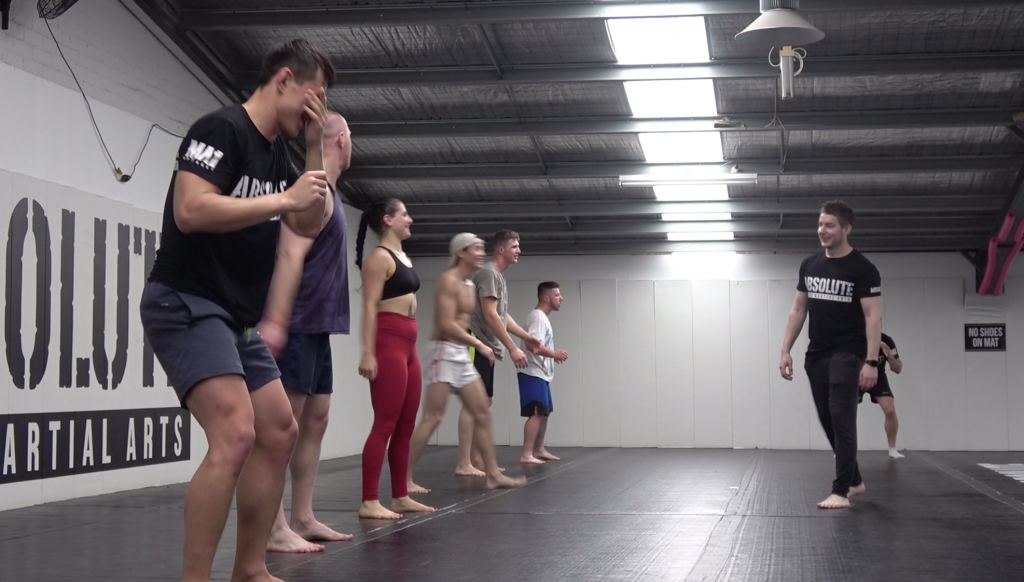
@idavalik- Do you need additional low-intensity cardio if you get that from martial arts sessions?
The short answer is yes. To progress and get the best adaptations with cardiovascular fitness, you want to be working at controlled intensities and for controlled times. If talking about aerobic capacity (over 1minute), look at keeping your HR to 155 bpm for around 30-45 minutes. For aerobic power (repeated bouts of aerobic work) I would push up to 160bpm and do controlled intervals with a work:rest ratio of 2:1.
@andrewstokesy- What are my options if I have to do S&C followed by BJJ? I feel pretty taxed going into BJJ.
If you absolutely have to do S&C and your skills work back to back, make sure you are doing the minimum amount for the best adaptations. For example, if you are looking for Strength adaptations, 80% of your 1RM is where I like to sit. Leaving 2 reps in the bank and not going to failure is a great way to make sure you don’t have too much breakdown for the skills training. For conditioning it is good to track HR. Work to your threshold and leave it there, if you are doing aerobic work no higher than 160bpm if working anaerobic go to about 90% of your max HR. You shouldn’t be too messed up after each session and, skills will always be top priority, so make sure you can always take in new information during each skills session. If you are going to failure on lifts you will not be able to learn new skills.
This is why I use velocity-based training. We can ensure the athlete is lifting at the correct velocity for the adaptation we are looking for and can track the velocity drop off to make sure we have a certain amount of reps left in the bank.
@jakechynowthmma- How often do you programme alactic work for your fighters out of camp? Are they always sports specific?
This will depend on the fighter and their experience. Generally speaking, I will programme alactic work once a week to ensure we don’t get any residual drop off of energy systems.
However, if training an amateur athlete with no S&C experience, I will not programme alactic work. Chances are they cannot push to the required intensity levels in the short periods of time. If this is the case, I will programme a lot of aerobic power work to get them use to intervals, then move them on to lactic conditioning and finally work them up to alactic conditioning.
@zaidb_fit- what to focus on when training kickboxers regarding strength training?
Focus first on building a great base of strength and aerobic fitness. Strength will always come first!
After this I will look to work unilateral strength, Hip Rotation/power, anti-rotation and antilateral flexion work. A lot of alactic work, isometrics in clinch positions and anti-rotation are always a good idea.
@nicolas15000- best app for tracking/recording gym session workout?
I still haven’t found one! Good old pen and paper works best and keeps you off your phone during your workout.
5×5 strong lifts- great if running through the basic 5×5 strength programme
1RM- great to keep track of 1rms and have percentages of that, ready to go.
@leissav- best supplements post-workout?
Creatine- best supplement for any time, anyone. It aids in recovery and cognitive function. Post workout I would look towards a high carb, high protein shake if you will not be able to eat within an hour. Supplements are not needed with a sufficient diet, but they can help in some cases.
@leissav- clean and press or deadlift for full body?
Deadlift.
Anon- In training effectively for competition, should you do multiple 6minute rounds w/1min rest, get tired and start with bad habits. Or have shorter work periods and longer rest that’s focused on specific situations?
Neither! Especially closer to competition you should be looking to simulate the in competition stressors as much as possible. This will be different for each belt depending on their competition time. If I was a brown belt for example, during competition training I would look to do 8-minute rounds with 5-15 minutes active/drilling/problem-solving rest between.
This way you know you can push hard during competition and you will still be learning each and every session. The traditional method of going hard for rounds longer than needed and resting shorter than required are long gone. There is a time and place for a ‘thrashing’ but that time is definitely not every day of the week.
Anon- Views on the cognitive side of training. How training tired all the time isn’t the answer and it doesn’t replicate the intensities of competition.
From a cognitive side of things when overreaching, you will take in/learn very little, if any new information. S&C periodisation is designed to overreach the athlete every 4-8 weeks for around 1 week. It would be great if skills training done this as well. Something like 3-4 weeks of learning and adapting to new situations then up the intensity so you know what you will do when fatigued and possibly not as switched on as usual. We always aim to peak our athletes for competition and S&C programmes are actually designed to cater for harder skills training closer to the competition. If the skills training is constantly flat out, fatigue will set in.
Anon- BJJ athlete looking to gain strength and size 1, 2 and 3 months out. How should they periodise their training? What sort of ratio of drills:lifting:light rounds:comp sessions.
3months out- Building bases and increasing volume- maybe something like a condensed juggernaut method depending on the time you have.
Aerobic conditioning twice a week and anaerobic lactic once.
2months out- Conjugate training to develop Strength and hypertrophy, work with 2 dynamic movement days and 1 heavy day.
Anaerobic lactic conditioning twice a week, alactic once a week. Possibly add in some Long steady distance (LSD) work for active recovery.
1month out- Modified contrast training looking to develop max strength and power. 2-3 Alactic sessions a week. LSD every fortnight.
Usually you won’t be able to change the ratio of training due to timetables, etc. >1month out you want to be doing 3 S&C sessions a week, <1month bring that down to 2 sessions. Light rounds most of the time and getting closer to competition any hard rounds you want to do should be as mentioned above, to your fight duration.
Bobby Sandhu- Method to calculate training load in order to prevent over training, if so, what?
The easiest way to calculate training load is session RPE (a scale of 1-10 of how hard you think the session was) * the session duration. Martial artists do have a significantly higher training load than most sports. My advice would be to calculate training load over a given week (that you know you can recover from) and keep within 30% of that load. Generally speaking, sudden increases in volume of training is what causes injuries, not so much increases in intensity. Make sure you control your volume of training and don’t come back to 10 sessions a week after time off. Build it up, taper it off, and watch your residual drop offs. You can always work around an injury so you shouldn’t need to go cold turkey when that happens.
Mark Van Lieshout- Lighter regular training vs emphasis on hard training?
There is a time and place for everything. You should never go to failure. There is very little if any reliable research stating that this is good for athletes and it has been proven that adaptations from leaving 2 reps in the bank outweigh those of athletes that go to failure. To get certain adaptations you do need to work to certain intensities. This doesn’t mean you should be sore all the time and too tired to train the next day. All programming from a good coach should be done with the athletes training load in mind meaning S&C work shouldn’t affect your skills training.
Doug Kaegi- When do you take on technical work and replace with S&C?
I would never reduce skills training to add in S&C work. Especially in a martial art as technical as BJJ. Sports specific conditioning could be done for fitness in the way of mini games, timed, specific drilling, shark tanks, etc. In terms of strength training I would look towards getting in 30-45 minutes of your key movements/lifts before skills session 2-3 times a week.
Bailey Wang- Can you outwork a bad diet?
Technically no! However, calories in Vs calories out still stands. Obviously, you can’t burn off a big mac as fast as it takes to eat it. But if you are constantly training/working-out out and not constantly eating you may be able to get a calorie deficit.
Oliver Smith- most significant change to S&C in the last couple of years and where in S&C going in the next few years? When are you doing BJJ with me?
The most significant change would basically be everything in martial arts strength and conditioning. 10 years ago, S&C was almost unheard of in martial arts, so we have made some big steps so far. Long Term Athlete Development (LTAD) is a growing concept in all sports, schools and academies now which is great. I know a lot of the big teams are putting some good money into their academy teams which brings kids into sport and teaches them how to move, run, cook healthy food and basically just look after their body. This education goes all the way up to the adults and learning about life after their sporting careers.
Liam Porter- What’s the best way to minimise loss in strength and power when in a calorie deficit for competition?
First up If you are training, you should always be eating carbs! A lot of people cut out carbs and go into way too much of a calorie deficit while they are still training, this limits your adaptations, your recovery, your ability to take in new information and increases your risk of injury. Second up, I would only ever go into a maximum of a 20% deficit on total calories (still with the bulk coming from Carbohydrates most of the time), any more than this has been shown to lose weight through a reduction in muscle mass but not fat.
Energy levels will drop when cutting weight, you cannot change this. As long as you are looking at residual drop-offs and training in blocks of strength & power, then come competition time you have eaten, are full of energy and well hydrated you should not have any strength or power loss for competition.
Stanley Huang- How to get abs like Paul Bai?
Eat clean and just make sure you have no muscle to stay as skinny as possible… Like Paul!
@leissav- How funny is Leissa?
Not as funny as me.
